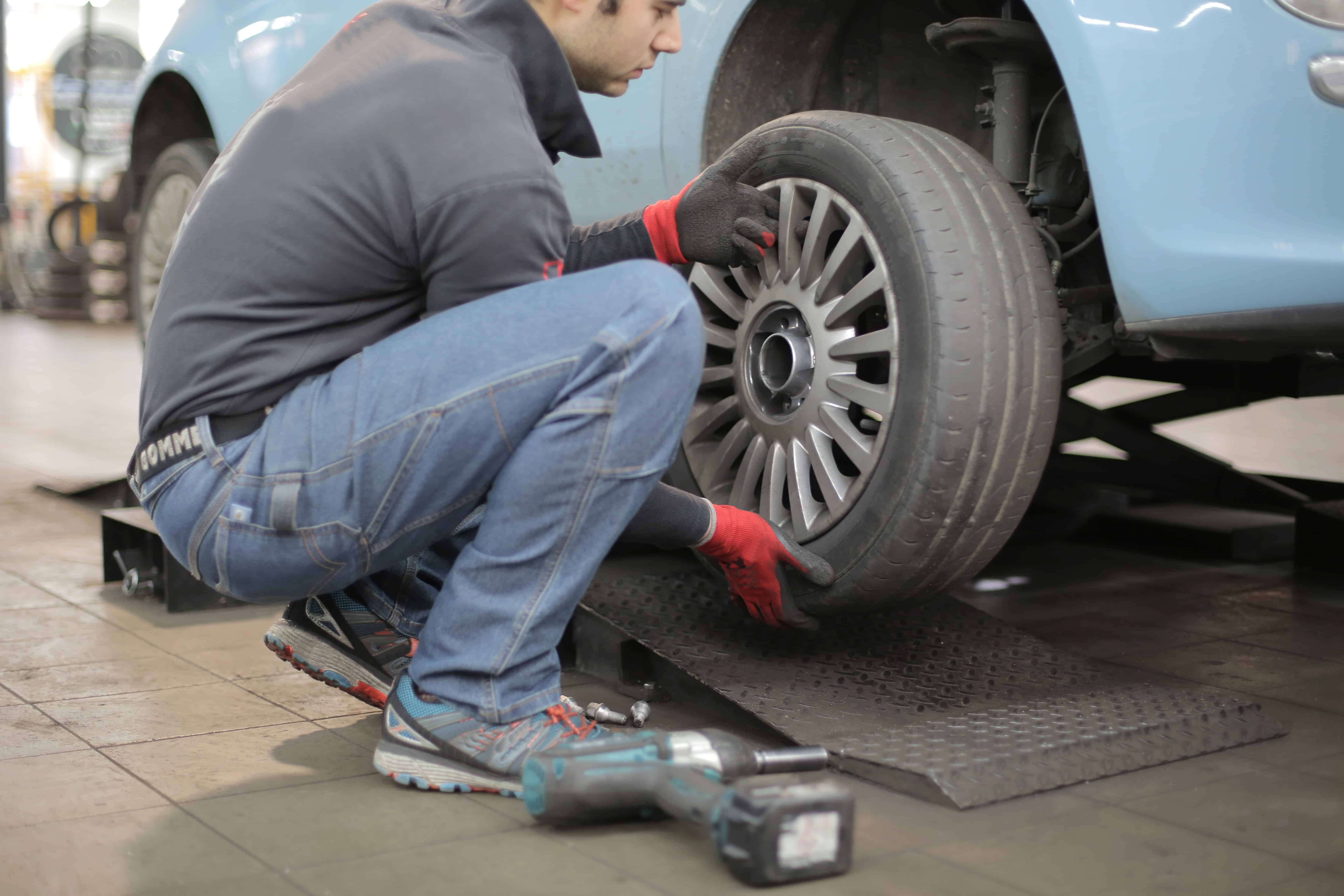Discount Tires Morris IL: Unequalled Costs
Discount Tires Morris IL: Unequalled Costs
Blog Article
Specialist Guide to Tire Repair Work: Whatever You Required to Know
In this detailed overview, we will unwind the complexities of tire repair service, losing light on the different types of repair service kits available and offering valuable understandings into when it may be time to bid farewell to a worn-out tire. Remain tuned as we dive much deeper right into the nuances of tire maintenance, furnishing you with the important know-how to guarantee your tires stand the test of time.
Typical Causes of Tire Damage
What are the typical causes that lead to tire damages, affecting automobile performance and safety? Tire damages can happen due to various elements, with one of the primary factors being incorrect inflation stress.

An additional typical source of tire damage is inadequate tread deepness. Worn-out treads can compromise grasp when driving, particularly in wet or slippery problems, raising the threat of crashes. Furthermore, driving over craters, debris, or sharp things can penetrate or cause cuts in the tire, weakening its structure and possibly triggering a level.
Additionally, incorrect wheel alignment and unbalanced tires can additionally add to tire damages. Misaligned wheels can bring about irregular wear patterns, while out of balance tires can create resonances, impacting both the vehicle's handling and the tire's longevity. Routine maintenance checks and punctual fixings can assist minimize these common root causes of tire damages, making sure optimum lorry performance and safety.
Kinds Of Tire Repair Kits
To attend to the consequences of common reasons for tire damage gone over previously, it is necessary to understand the various kinds of tire repair work packages available for lorry proprietors. There are mainly 3 types of tire repair kits commonly made use of: plug kits, spot kits, and mix repair work kits.
Patch sets, on the other hand, are a lot more suitable for larger slits or cuts in the tire. These sets include a patch and sticky product that is applied to the internal cellular lining of the tire to cover the broken location firmly.
Mix repair sets use the advantage of consisting of both plug and spot elements, offering an extensive solution for a variety of tire damages scenarios. It is very important for automobile owners to acquaint themselves with these various kinds of tire repair sets to be planned for any kind of unexpected tire concerns when traveling.

Steps to Repair a Tire Puncture
Repairing a tire puncture needs a methodical approach and the right tools to make sure a safe and reliable solution. When confronted with a pierced tire, the first step is to securely draw over to a level, steady surface area far from traffic. Involve the car park brake and place wheel chocks behind the tires to protect against any kind of accidental rolling. Next, get rid of the pierced tire complying with the automobile maker's standards. Once the tire is gotten rid of, check the punctured location to locate the foreign things causing the leak. Utilize a reaming tool to clean and rough up the puncture hole for far better attachment. Apply rubber cement to the area and put a plug utilizing a plug insertion tool. Cut any excess plug product flush with the tire step. Finally, reinflate the tire to the recommended pressure and reinstall it onto the vehicle. Conduct an extensive leakage check utilizing soapy water to ensure the puncture is successfully sealed before returning to regular driving.
When to Change a Tire
Establishing the proper time for tire substitute necessitates a complete assessment of different key elements associated to tire wear and security. As tires wear down, the depth of the step declines, affecting the tire's grasp on the morris tire roadway. Even if the walk depth appears sufficient, tires older than 6 years should be meticulously analyzed, as the rubber can weaken over time, making the tire extra vulnerable to failure.

Tire Maintenance Tips for Long Life
After analyzing crucial aspects related to tire wear and safety, carrying out appropriate tire upkeep practices is important for maximizing the long life of your tires. Regularly checking tire pressure is critical, as underinflated tires can lead to increased wear and decreased fuel efficiency.
Turning your tires at regular intervals, normally every 5,000 to 7,000 miles, advertises also step wear throughout all tires. Checking tires for signs of damage, such as cuts, bulges, or punctures, is also important for keeping tire durability. By following these tire maintenance suggestions, you can make best use of the life-span of your tires and ensure a smooth driving experience.
Verdict
In verdict, understanding usual root causes of tire damage, making use of the appropriate tire repair packages, following correct actions to repair a tire puncture, knowing when to change a tire, and executing tire maintenance pointers are necessary for taking full advantage of the long life of your tires. By staying notified and aggressive in addressing tire issues, you can guarantee safety when driving and extend the lifespan of your tires.
Report this page